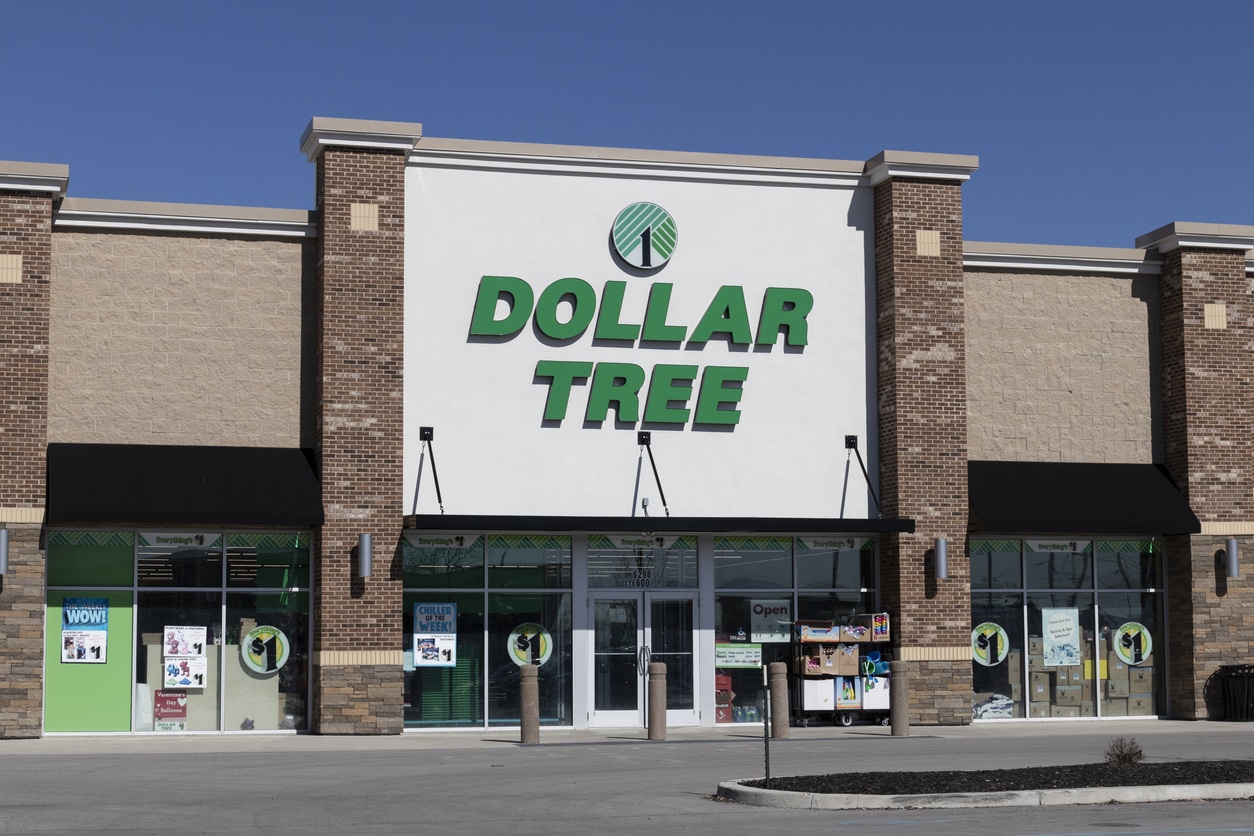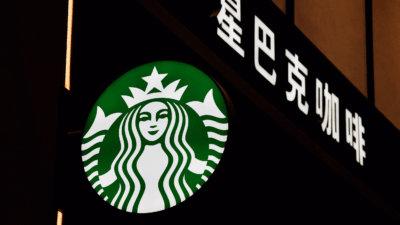
Sign up for smart news, insights, and analysis on the biggest financial stories of the day.
They’re really buck-ing the trend.
In today’s fast-paced world of promising SPACs and intoxicating tech startups, a dollar store reaping razor-thin margins isn’t the sexiest investment. But Dollar Tree — the discount retailer known for, well, charging $1 for things — burst back onto the scene this week with plans to begin selling a range of items at mildly higher prices.
And the reception among investors was anything but mild, sending the wallet-friendly chain’s shares surging yesterday.
Dollar-Fifty Tree
Founded in 1986, Dollar Tree has weathered everything from inflation to supply-chain disruptions, while always offering an overwhelming majority of its wares at a buck or less. The company has traditionally considered the policy vital to its competitive edge, but investors have repeatedly goaded the chain to “break the buck” and peddle higher-priced products.
In 2019, the retailer did introduce Dollar Tree Plus sections in a couple hundred of its nearly 8,000 stores, featuring items in the relatively exorbitant range of $3 to $5. But CEO Michael Witynski said this week that the company has now reevaluated its broader pricing model in light of the “current economic environment,” citing a rigid labor market, supply-chain snags, and surging inflation:
- Dollar Tree will begin offering products at $1.25, $1.50, and other price points above $1. The higher prices will also allow it to offer more frozen meats, seasonal items, and other products, which Witynski believes will see customers ultimately splash more cash at the register.
- And investors seem to agree, with shares climbing over 16% in Wednesday trading. (Though most investors probably aren’t cashing in their positions just yet — the stock is still down more than 6% on the year.)
Makes Cents: A more extensive inventory should also give Dollar Tree more supply-chain wiggle room — after a late-August earnings report showed freight costs are pressuring the company’s margins. Jefferies analyst Corey Tarlowe told Barron’s that the added flexibility “is particularly important, given the continued cost headwinds DLTR is facing near term.”











